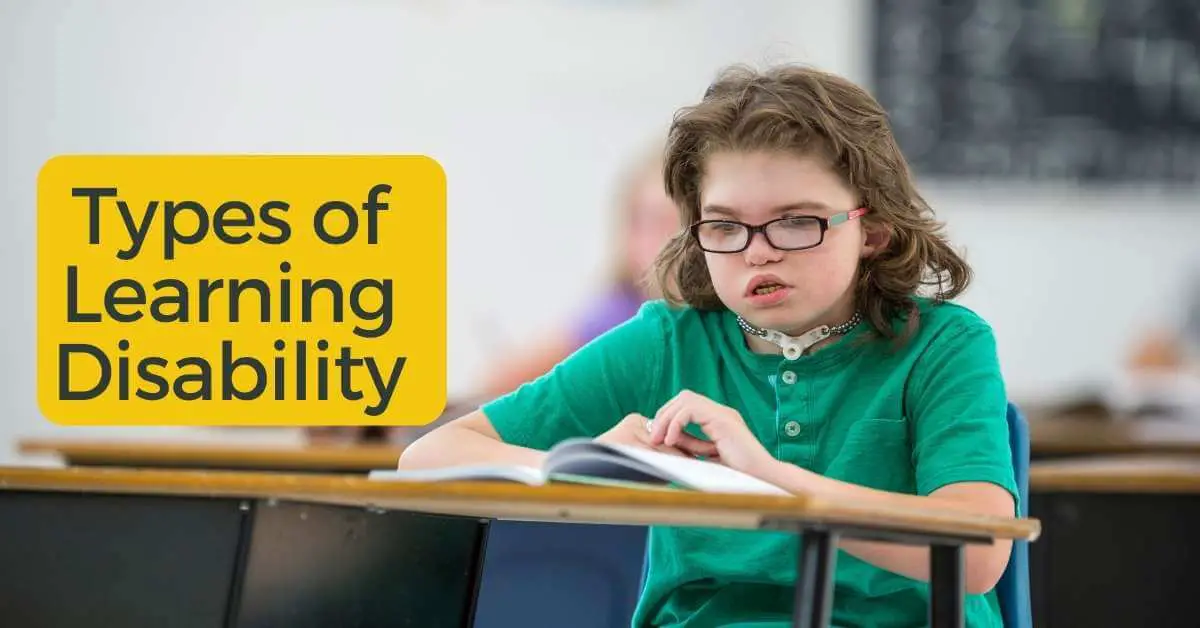Definition
A learning disability is a limited intellectual capacity and difficulties with day-to-day activities, such as taking care of the home, interacting with others, or managing money, that impact a person for the rest of their life.
Learning disorders are brought on by genetic and/or neurobiological factors that change how the brain functions and thus impact one or more learning-related cognitive processes.
Learning disabilities cause people to learn more slowly and may require assistance for them to communicate with others, gain new skills, and comprehend complex material.
Contrary to popular belief, learning impairments should not be confused with learning issues that are largely brought on by physical, mental, or emotional challenges, intellectual disabilities, emotional disturbances, or social, cultural, or economic disadvantages.
A learning handicap is a lifetime issue that cannot be cured or rectified. People with learning disabilities can succeed in school, the workplace, relationships, and the community with the right support and intervention, though.
Types of learning disabilities
There are five major types of learning disabilities
Dyscalculia
Learning difficulties that affect mathematical calculations are referred to as dyscalculia. People who have dyscalculia have difficulty with mathematic ideas, numbers, and reasoning. People who struggle with math facts, counting money, recognising patterns, recalling math facts, and completing mental math problems are sometimes referred to as having “math dyslexia.”
Dysgraphia
Dysgraphia causes people to have difficulty expressing their ideas through writing or drawing. It is characterised by poor handwriting; however, this is by no means the sole sign. People who struggle with writing have trouble with spelling, grammar, vocabulary, critical thinking, or memory. 1 Dysgraphia patients may struggle with letter spacing, have poor spatial and motor planning and have issues thinking and writing at the same time.
Dyslexia
Many disabilities fall under one of three categories under the term “learning disability,” including dyslexia, dysgraphia, and dyscalculia. A language processing condition called dyslexia has an effect on reading, writing, and understanding. Word decoding or phonemic awareness, or the ability to distinguish specific sounds within words, may be problematic for dyslexics. Dyslexia is frequently identified after a long period of time and frequently causes difficulties with reading, grammar, reading comprehension, and other language abilities.
Non-verbalal learning disabilities
Nonverbal learning disabilities (NVLD), despite sounding like they would be related to a person’s incapacity to speak, are instead problems with understanding nonverbal behaviors or social cues. NVLD patients have difficulty reading nonverbal cues such as body language, tone of voice, and facial expressions.
Language Disability
Language disability, a subset of auditory processing disorder, develops when a person experiences particular difficulties in understanding spoken language, which affects both receptive and expressive language. There is trouble linking meaning to sound groups that create words, phrases, and tales in language processing disorder.
Causes of learning disability
The symptoms of learning difficulties vary greatly from child to child. While one child could have difficulty reading and spelling, another might enjoy reading but struggle with math. Another child might have trouble hearing what people are saying or communicating aloud. Despite the differences in the issues, all of them are learning disorders.
Finding someone with a learning disability is not always simple. There is no one symptom or profile that you can point to as evidence of a problem because of the huge variability. At certain ages, some warning signs are more prevalent than others. Knowing what they are can enable you to identify a learning impairment in your child at an early stage and take prompt action to get them help.
Signs and symptoms
The most Common Symptoms of learning Disabilities include:
- short attention span,
- poor memory,
- difficulty following directions,
- inability to discriminate between/among letters, numerals, or sounds,
- poor reading and/or writing ability,
- eye-hand coordination problems; poorly coordinated,
- difficulties with sequencing, and/or
- disorganization and other sensory difficulties.
Best course for learning disability awareness
Nursing Revalidation provides the best course of “Learning Disability Awareness”.
This course will start by giving you an overview of some of the common types and causes of learning disabilities and how they affect people. It will touch on how a person-centered approach to care will get the best results and look at how management must perform, and at the needs of the individual. It will also discuss overcoming the stigma attached to learning disabilities and much more.
The bottom line
A youngster with a learning disability may struggle with reading, writing, speaking, listening, mathematical concepts, and general comprehension. Disorders including dyslexia, dyspraxia, dyscalculia, and dysgraphia are within the group of conditions known as learning disabilities.
Nursing Revalidation Provides CPD Accredited courses for nurses and healthcare professionals.


